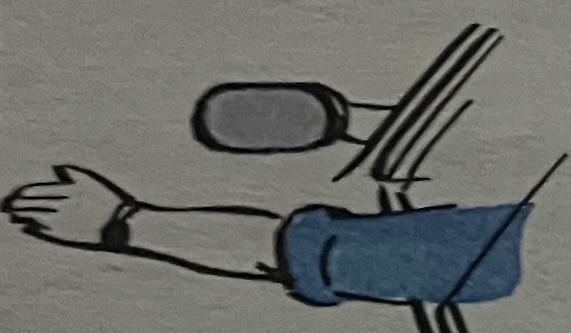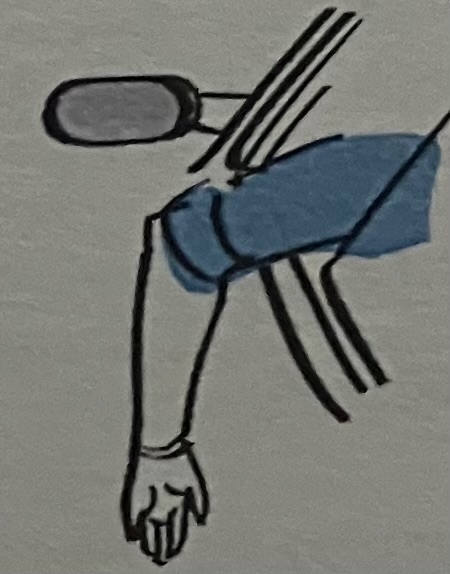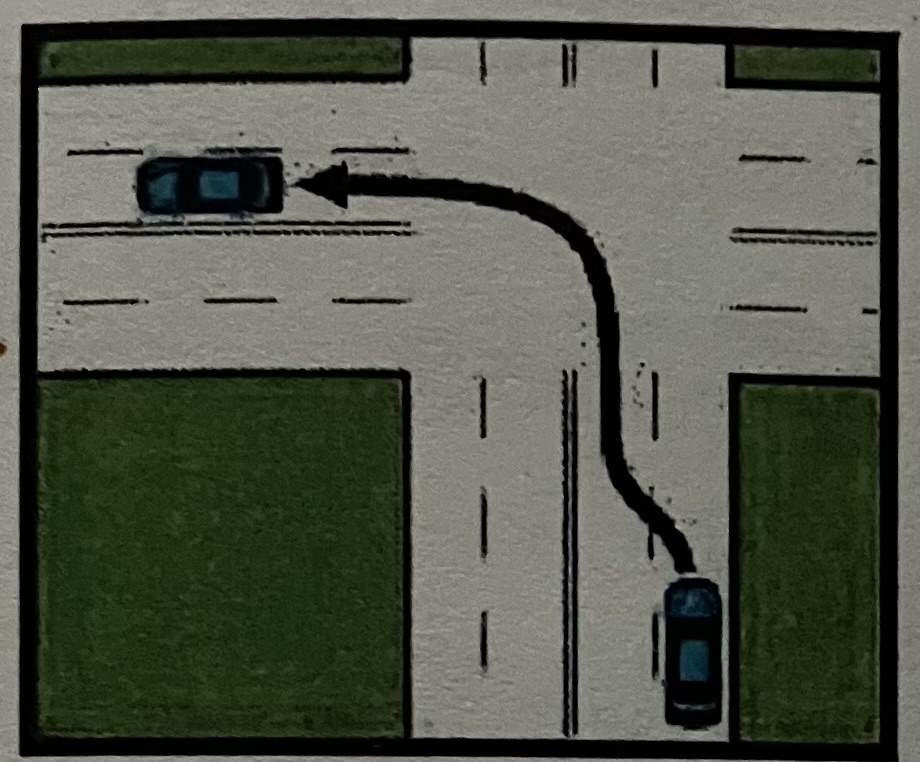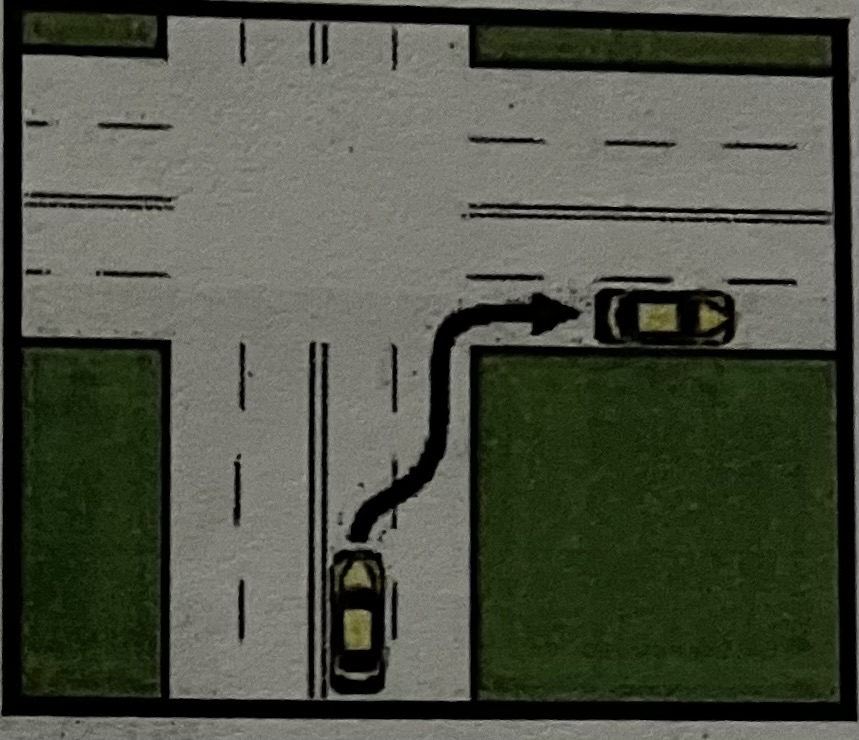Driver’s Ed Chapter 3: Traffic Laws and Vehicle Operation
1/54
There's no tags or description
Looks like no tags are added yet.
Name | Mastery | Learn | Test | Matching | Spaced |
|---|
No study sessions yet.
55 Terms
When are times when you don’t have to drive on the right side of the road?
when passing another vehicle going in the same direction
When the right side of the road is closed
When the road has three (or more) marked lanes
The road is one way
When you need to move over for an authorized vehicle parked on the road
When can you increase your speed by 10 mph over the speed limit if passing a vehicle?
On two lane (broken line) highways with a speed limit of 55 mph or more
When can you lose the right of way?
If you speed
What is the alley speed limit?
10 mph
What is the urban and town road speed limit?
30 mph
What is the highway, interstate, rural road, etc. speed limit?
55 mph
What happens if you drive over 100 mph?
Your driving privileges will be revoked for at least 6 months
When should you slow down?
When passing a stopped emergency vehicle, flag persons, pedestrians, barricades, flares, reflectors, bad weather
What should you do when approaching a curve, hilltop, or railroad crossing?
Drive slower
When do you use your turn signals?
When you want to change lanes or make a turn
By how many feet before turning should you activate your turn signal?
100 feet
How long should you keep your turn signal on?
Until you have completed the turn or lane change

Right turn

Left turn

Stop
What should you do when changing lanes to make sure cars aren’t around?
Turn your head and don’t solely rely on mirrors because of blind spots
What are blind spots?
Areas around your vehicle where your vision is blocked
When should you be especially aware of blind spots?
When driving near commercial vehicles
Left turn (image)

Right turn (image)

What should you do while waiting to turn?
Keep wheels straight and foot on the brake
True or false: You can’t make a left turn from a one way street onto another one way street while the traffic light is red
False, you can
What can’t you do in a roundabout?
Stop, pass, or change lanes
What should you do if there’s an emergency vehicle in the roundabout?
Exit the roundabout immediately and then pull over
At a j-turn, do you always make a right or a left turn?
Right turn
What can you do if there’s enough space in between divided highways?
You can cross one half and wait in the middle until it’s safe to cross the second half
Where can’t you make u-turns?
On interstate freeways, near tops of hills, and on curves where drivers can’t see you from 1,000 feet away
After passing a car and you are in the left lane, what should you do when returning to the right lane?
Activate your right turn signal
Within how many feet do you need to be away from a vehicle when passing?
100 feet
When can’t you pass?
On a curve/hill where you can’t see the road ahead for at least 700 feet, and within 100 feet of an intersection, underpass, tunnel, or railroad crossing
When can you only pass a vehicle on the right?
When the vehicle is making a left turn, on a one way street, on a two or more same direction lane highway
What lane do you end up on if driving from a two way road to a one way road?
The lane closest: left lane if left turn and right lane if right turn
Who has right of way if two cars arrive at the same time across the intersection for each other?
The one turning left yields to the driver turning right or driving straight
What lane do you back up into if backing out of a driveway?
The nearest lane, never across lanes of traffic
How far should your wheels be from the curb when parallel parking?
12 inches
Where should your wheels be turned to when parallel parking?
Toward the curb/shoulder, then put in park and engage parking break
How many feet must you park away from a crosswalk at an intersection?
20 feet
How many feet must you park away from flashing lights, stop signs, or traffic controls at the side of roads?
30 feet
How many feet must you park away from a railroad crossing?
50 feet
How many feet must you park away from a fire hydrant?
10 feet
True or false: You can’t park on bridges, within a highway tunnel, or beside a yellow curb
True
When parked downhill, where should the wheels face?
Turned towards the curb
When parked uphill with a curb, where should wheels be turned to?
Away from the curb
When parked uphill without a curb, where should the wheels turn to?
Toward the shoulder
What are the steps of parallel parking?
Stop even with car ahead and about one and a half feet away from it
Turn wheel to right sharply and back up slowly
Turn wheel sharply to left and back up slowly
Turn wheel sharply to right and pull toward curb
True or false: you can park on freeways and interstates
False; you can park on freeways but not interstates
What do you need turned on if parked on a highway at night?
At least one front and one taillight on low beam, visible at least 500 feet. Either parking or hazard lights
How must children under 2 ride?
In the backseat facing the rear
How many inches should be between you and the steering wheel?
10 inches
What position should your hands be in on the steering wheel?
8-9 o’clock and 3-4 o’clock with your thumbs turned out
What should you do if you are in a crash?
Stop, pull over and turn off ignition to prevent a fire. Use emergency warning lights, etc
When do you not need to notify law enforcement about a crash?
If it only results in property damage.
What insurance must you carry if driving?
No fault and liability insurance
What happens if you’re convicted of operating an uninsured vehicle?
Pay $1,000 and up to 90 days in jail
What is the fine for being convicted of two or more violations of using cell phone while driving?
$275